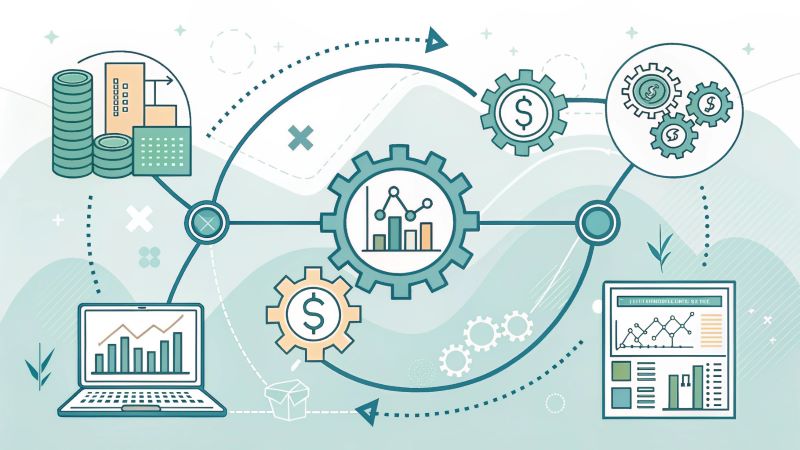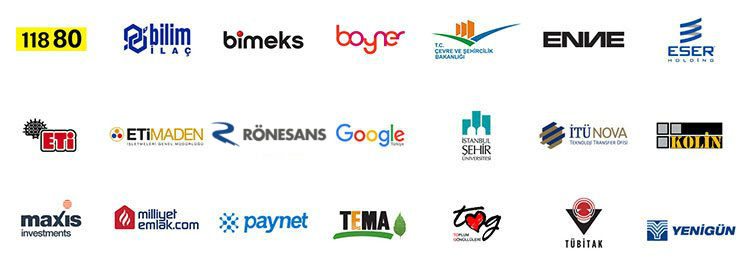
When a contract is signed, most people think the job is done.
In reality, the most important part has just begun.
The signature marks the start of a commitment, not the end of a task.
Treating your contracts as a mere legal formality causes you to leave incredible value and security on the table.
The "Sign and Forget" Mindset: The Danger of Static Contracts
The core problem in many organizations is that contracts are treated as static, one-time documents.
Legal and procurement departments spend weeks negotiating and signing a contract.
But once the ink is dry, this valuable document is often relegated to a file cabinet or a forgotten folder on a shared drive.
This "sign and forget" mindset embraces a reactive approach instead of proactive management.
The contract is only revisited when a problem arises, a dispute occurs over an invoice, or a party fails to meet its obligations.
By that point, it is often too late.
The Unseen Costs: The Price of Poor Contract Management
The consequences of this reactive approach are more than just a minor inefficiency.
Research by the World Commerce & Contracting association shows that poor contract management can cost a company an average of 9% of its annual revenue.
This can translate into millions of dollars in leakage.
Where do these costs come from?
-
Missed Opportunities: Renewal dates for contracts with favorable terms are overlooked, and these opportunities are lost.
-
Unwanted Auto-Renewals: Underperforming or no longer needed contracts are automatically renewed without notice, locking the company into unnecessary costs.
-
Compliance Risks: You can't track whether you or your supplier are adhering to the contract terms, leading to a decline in service quality and potential legal issues.
-
Value Leakage: Negotiated benefits like discounts, special pricing, and Service Level Agreements (SLAs) are never fully realized because they are not tracked.
This situation quietly erodes the value created by procurement and moves the department away from being a strategic partner.
Proactive Control: Mastering Contract Lifecycle Management (CLM)
You can transform your contracts from static documents into dynamic, value-creating assets.
The way to do this is by adopting proactive Contract Lifecycle Management (CLM) practices.
CLM is the process of systematically managing all stages of a contract, from its creation to its renewal or termination.
What is contract lifecycle management (CLM)?
Contract Lifecycle Management (CLM) is a proactive approach used to manage a contract's journey from beginning to end.
This means more than just storage.
CLM covers all phases, including contract request, authoring, negotiation, approval, execution, compliance tracking, analysis, and renewal.
Effective CLM reduces risk, increases compliance, and maximizes the value realized from a contract.
The Core Stages of CLM
We can break down the contract lifecycle into six essential stages, each requiring careful attention.
1. Contract Request & Authoring: The process begins with the need for a contract. Create consistent and compliant draft contracts using standardized templates and legally approved clauses.
2. Negotiation & Approval: This stage involves the collaborative review and negotiation of contract terms among all stakeholders (legal, finance, operations). Tracking changes and versions is critical.
3. Execution: Once all terms are agreed upon, the contract is signed and becomes official. E-signature platforms can significantly speed up this process and make it more secure.
4. Obligation Management & Compliance: This is the heart of proactive management. In this phase, all key dates, deliverables, milestones, and other obligations within the contract are actively monitored.
5. Reporting & Analytics: Contract performance is regularly analyzed. Is the supplier adhering to the agreed-upon Service Level Agreements (SLAs)? Is spending within budget? This analysis provides valuable data for future decisions.
6. Renewal or Termination: Long before the contract's expiration date, a proactive decision is made based on the collected performance data. Should the contract be renewed, renegotiated, or terminated?
Why is contract compliance important?
Contract compliance means ensuring that both you and your supplier adhere to the agreed-upon terms, conditions, and standards.
This is vital for several reasons.
First, it guarantees that the service or product you are paying for is of the agreed-upon quality.
Second, it protects your company from legal and financial risks.
Finally, it creates a baseline for objectively measuring supplier performance and managing the relationship.
Non-compliance leads directly to value leakage and increased risk.
How does CLM software improve the process?
CLM (Contract Lifecycle Management) software is designed to automate and centralize this entire process.
These platforms provide a single, secure, central repository for all your contracts.
They send automatic alerts for renewal dates and other key obligations.
They speed up the process by automating approval workflows and ensure consistency through standard templates.
Ultimately, CLM software reduces risk, increases efficiency, and gives your teams the ability to focus on strategic management instead of manual tasks.
Conclusion: The Transformation of Contracts into Living Assets
When you free your contracts from the "sign and forget" mindset and begin managing them as living, breathing assets, you redefine the strategic role of procurement.
Proactive contract management not only reduces risks but also strengthens supplier relationships, ensures compliance, and protects the value of every dollar you've won at the negotiating table.
This isn't just a best practice; it's a necessity for sustainable success in today's complex business world.







